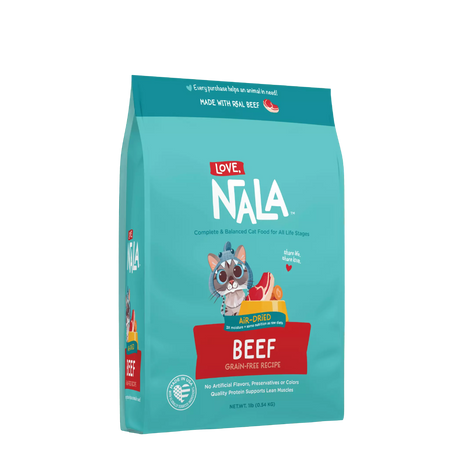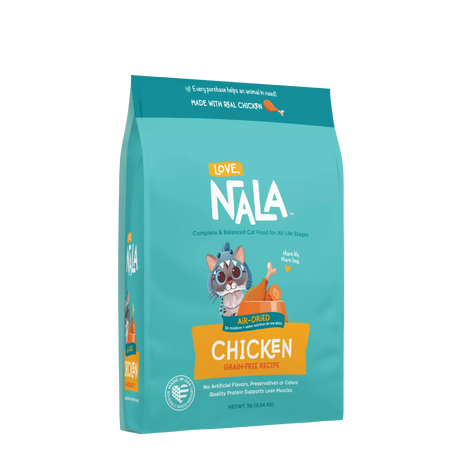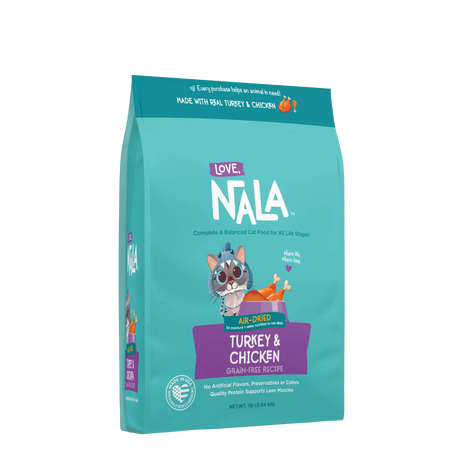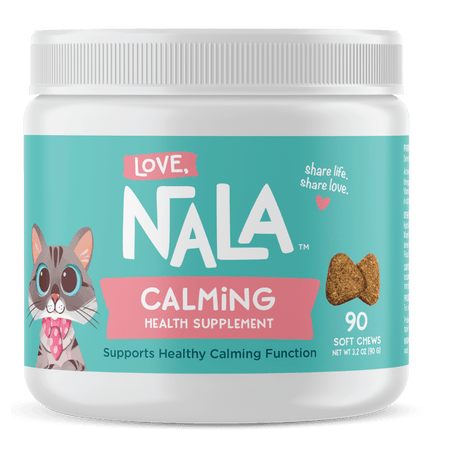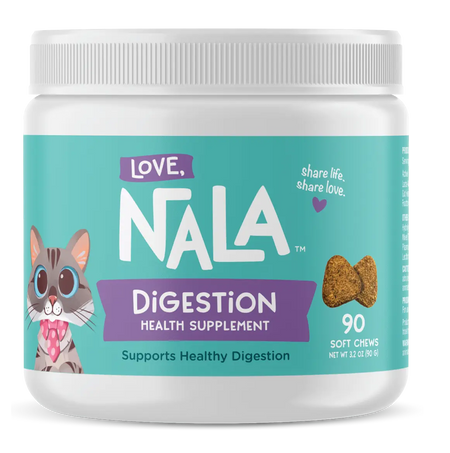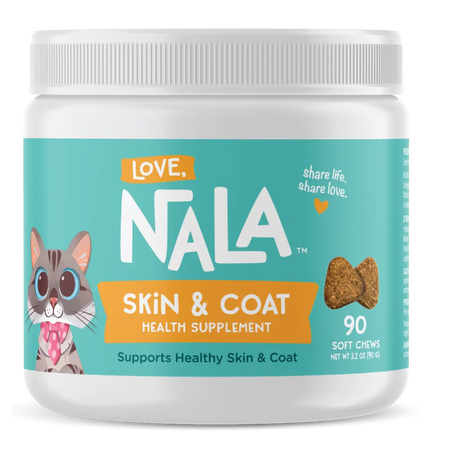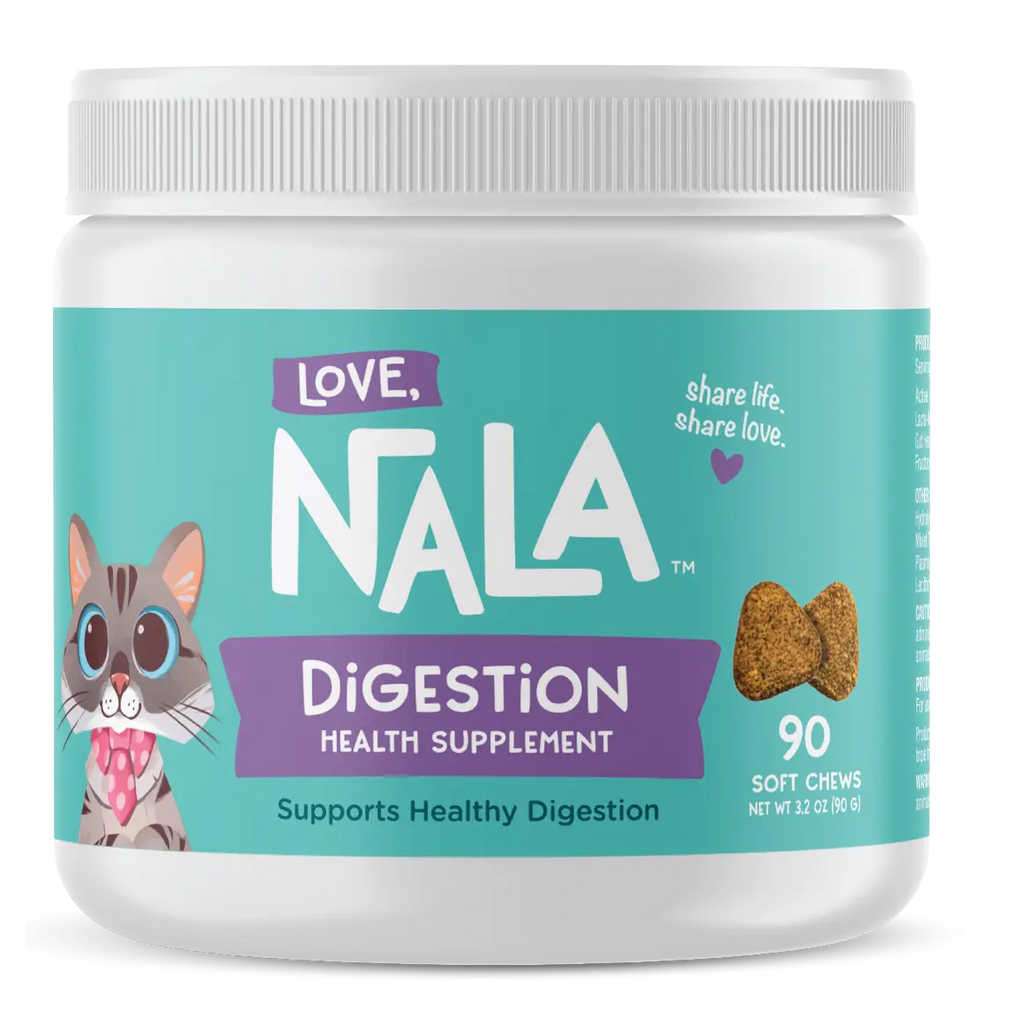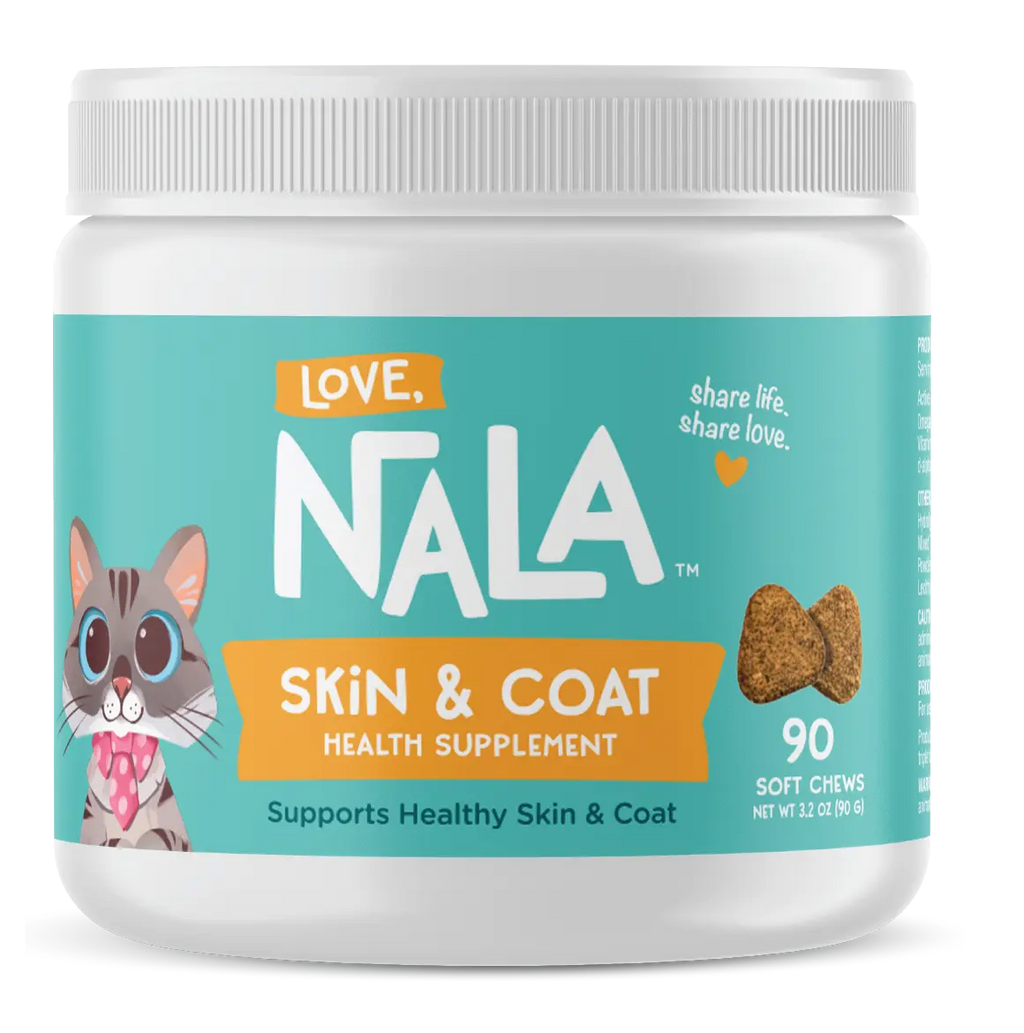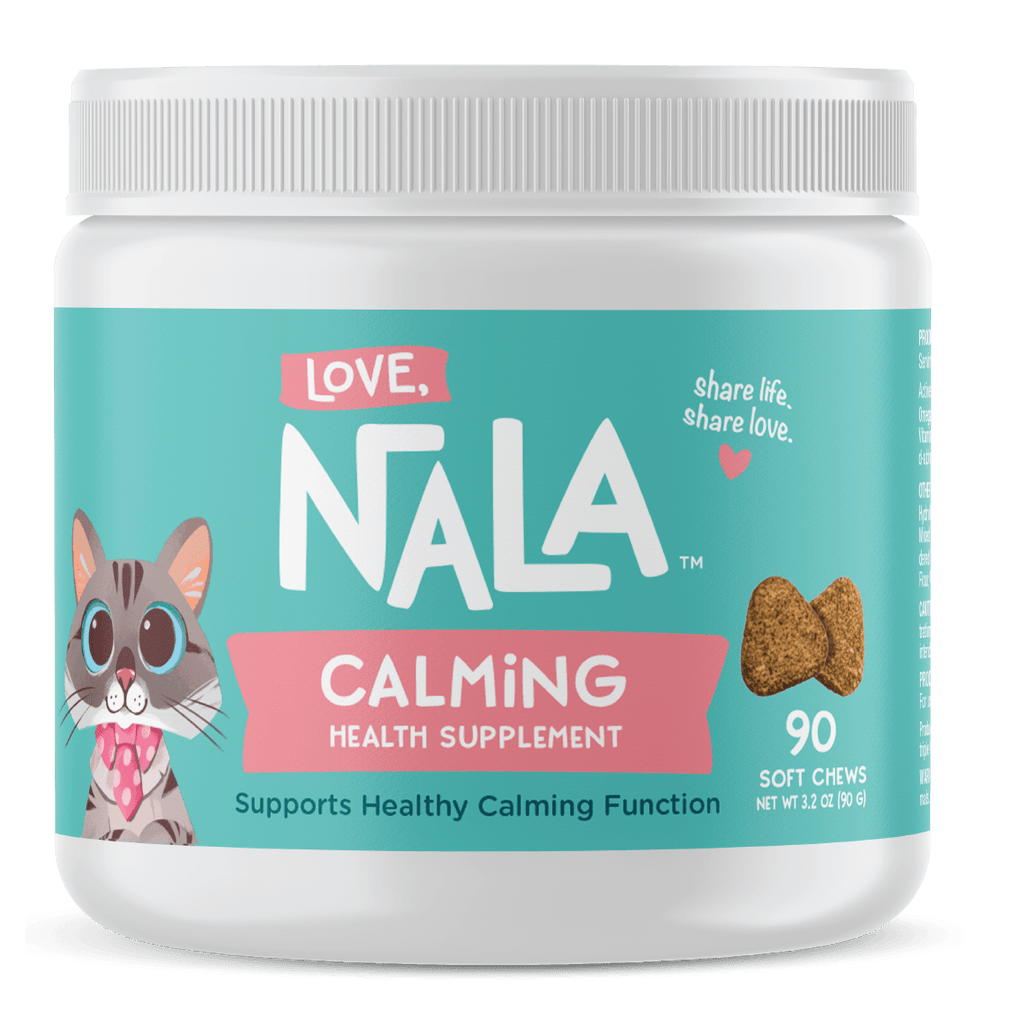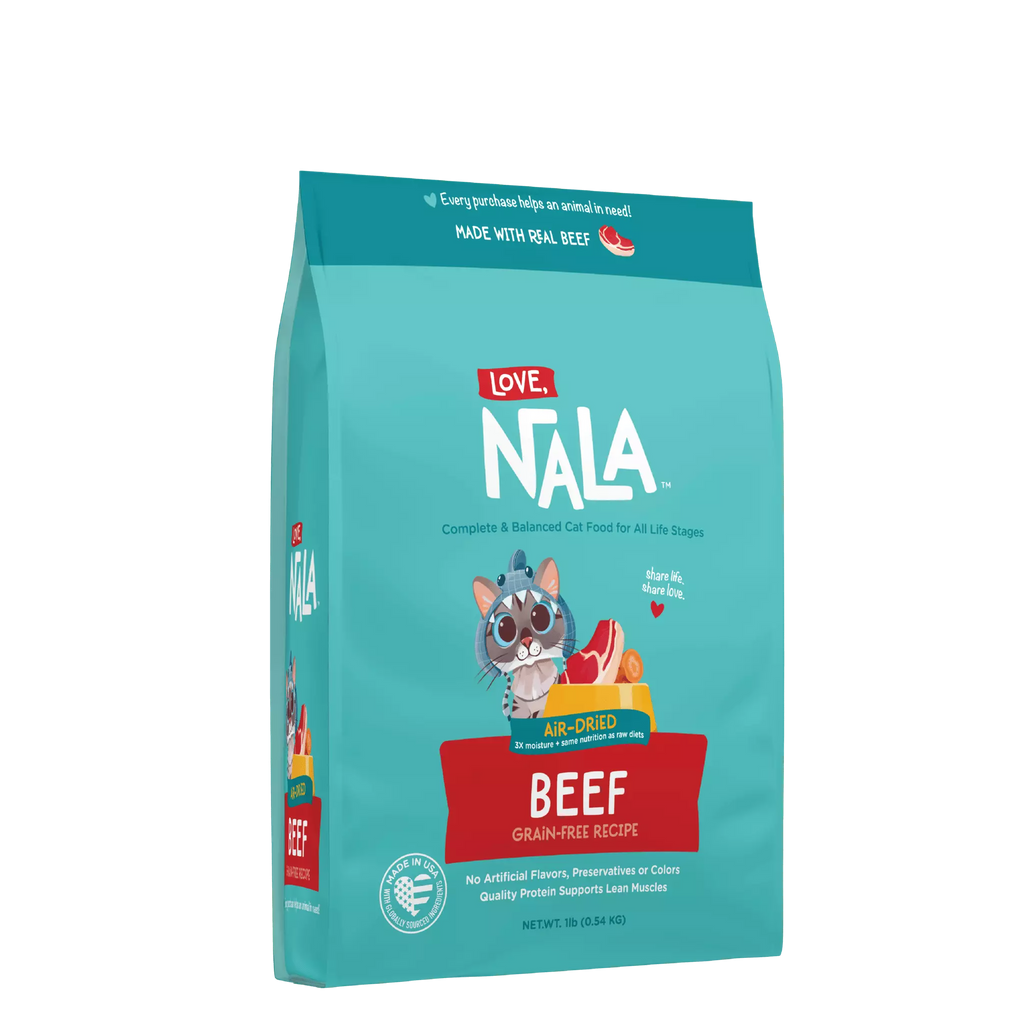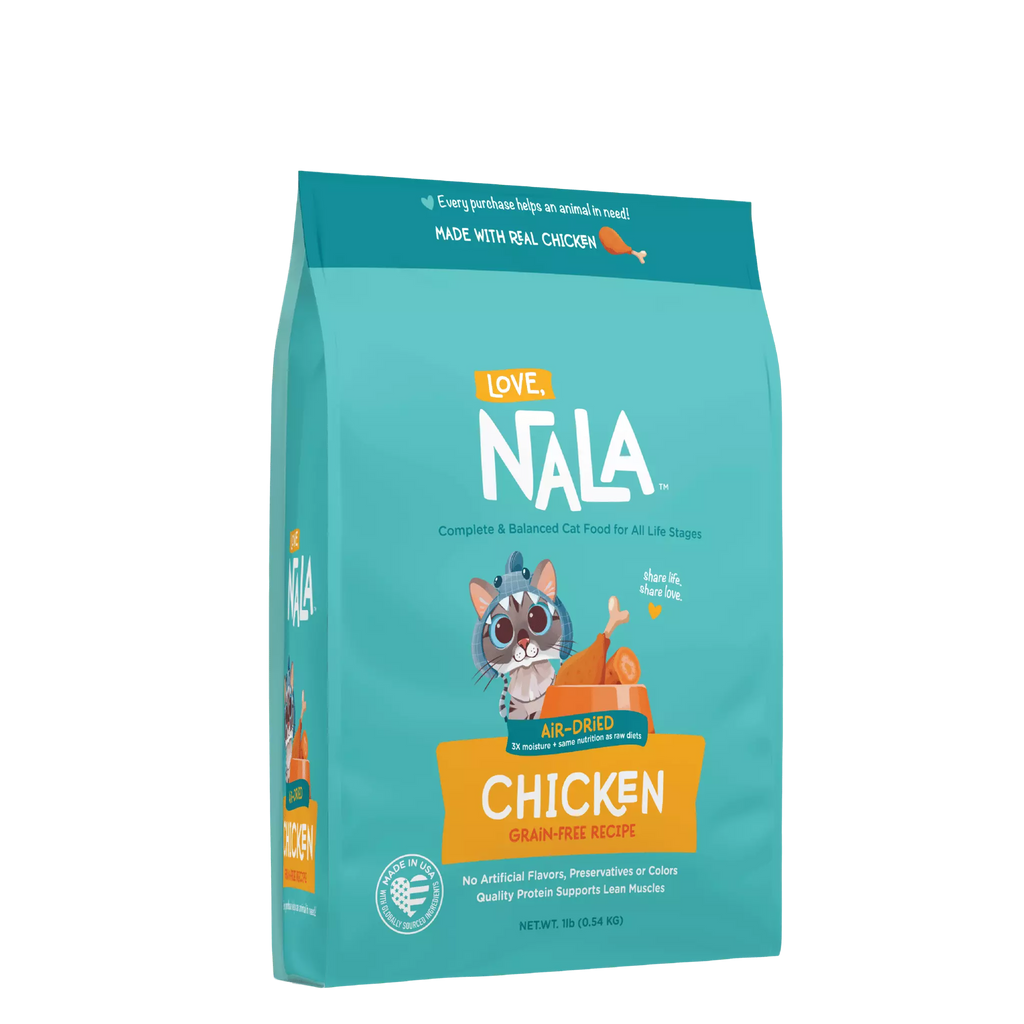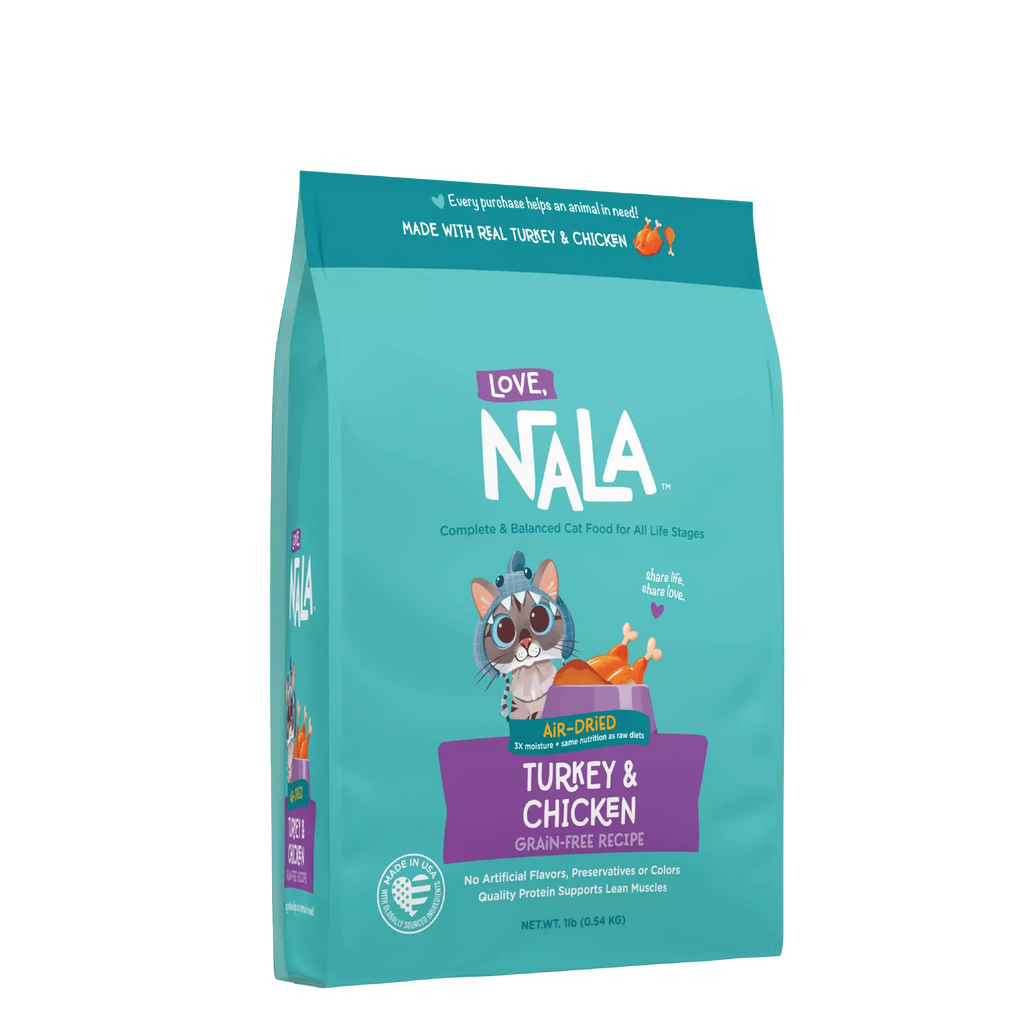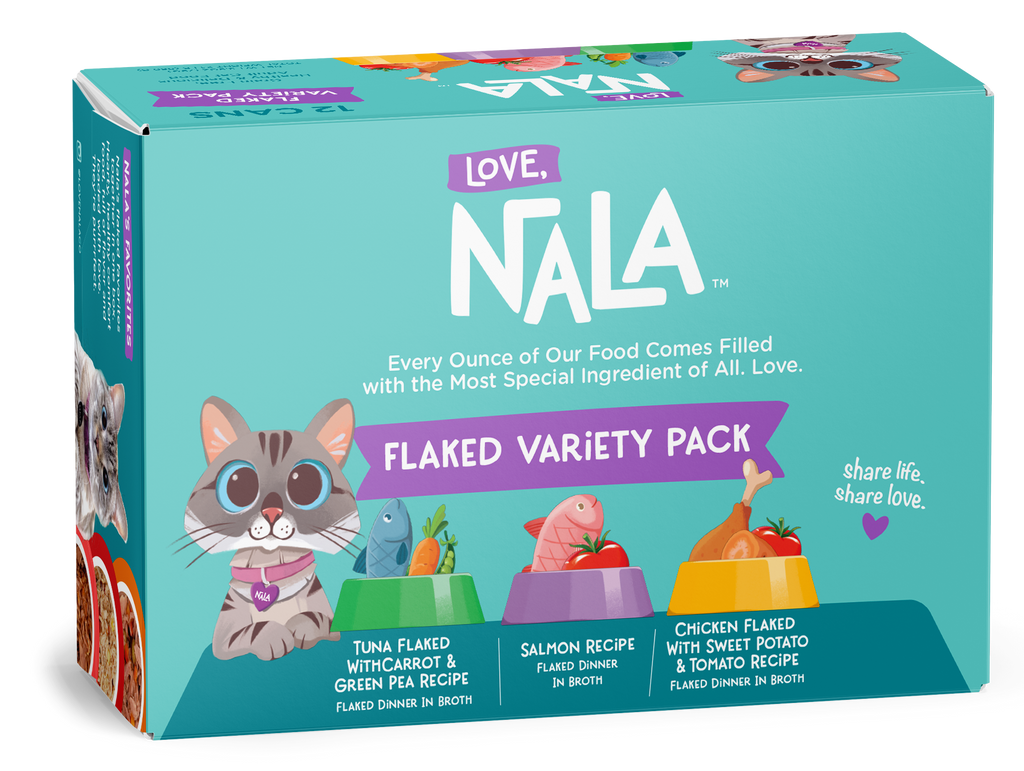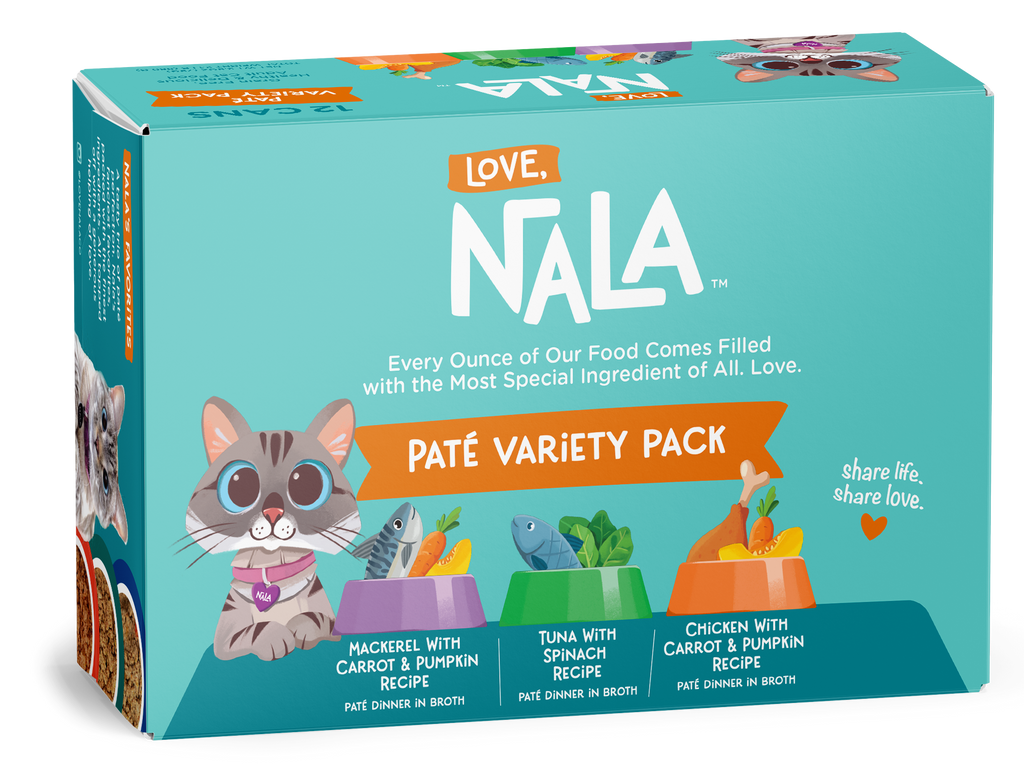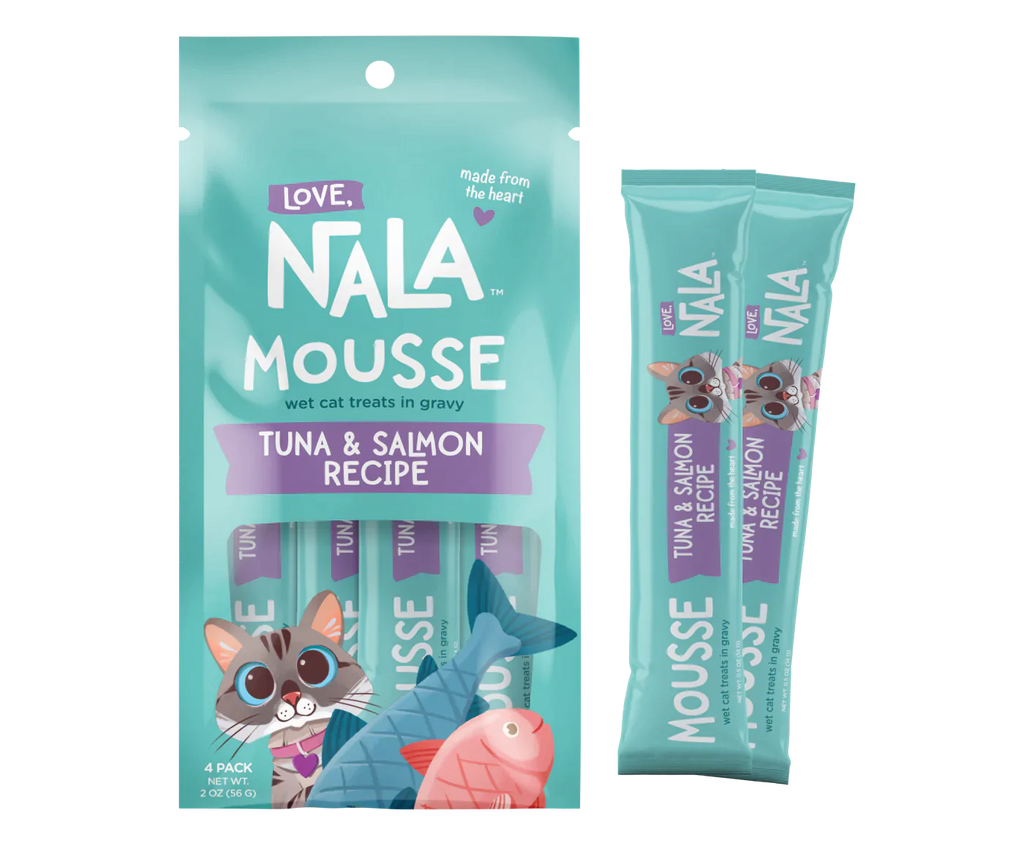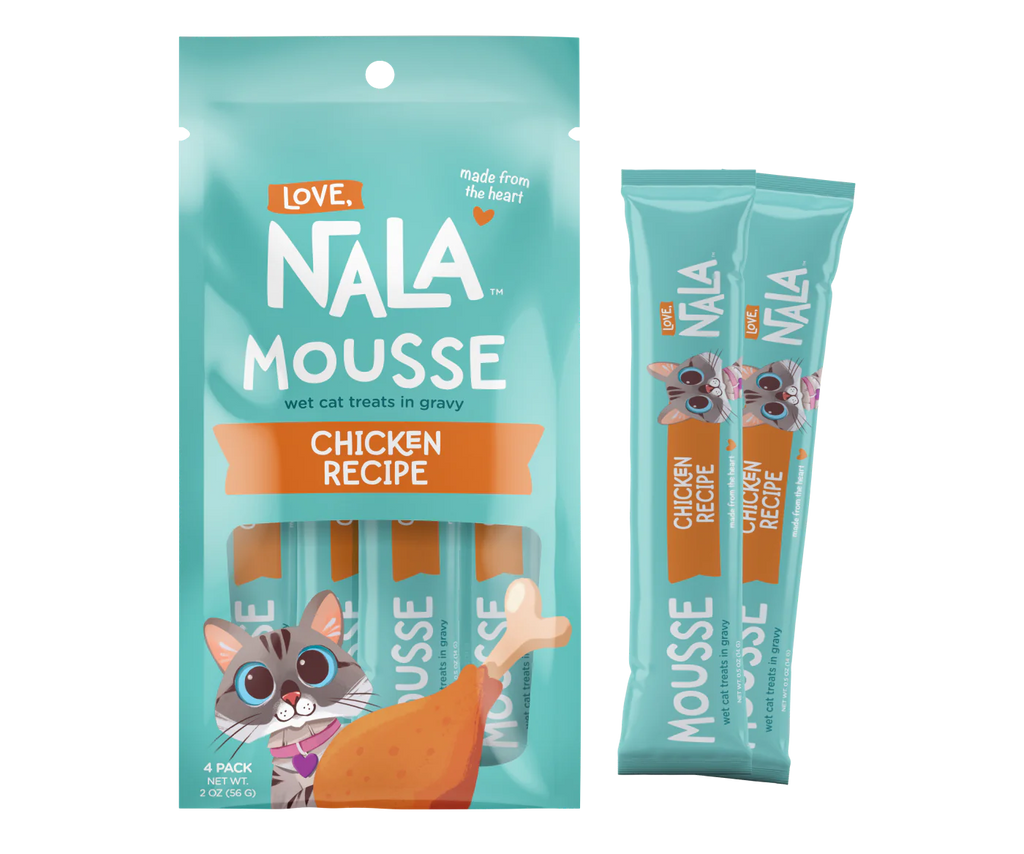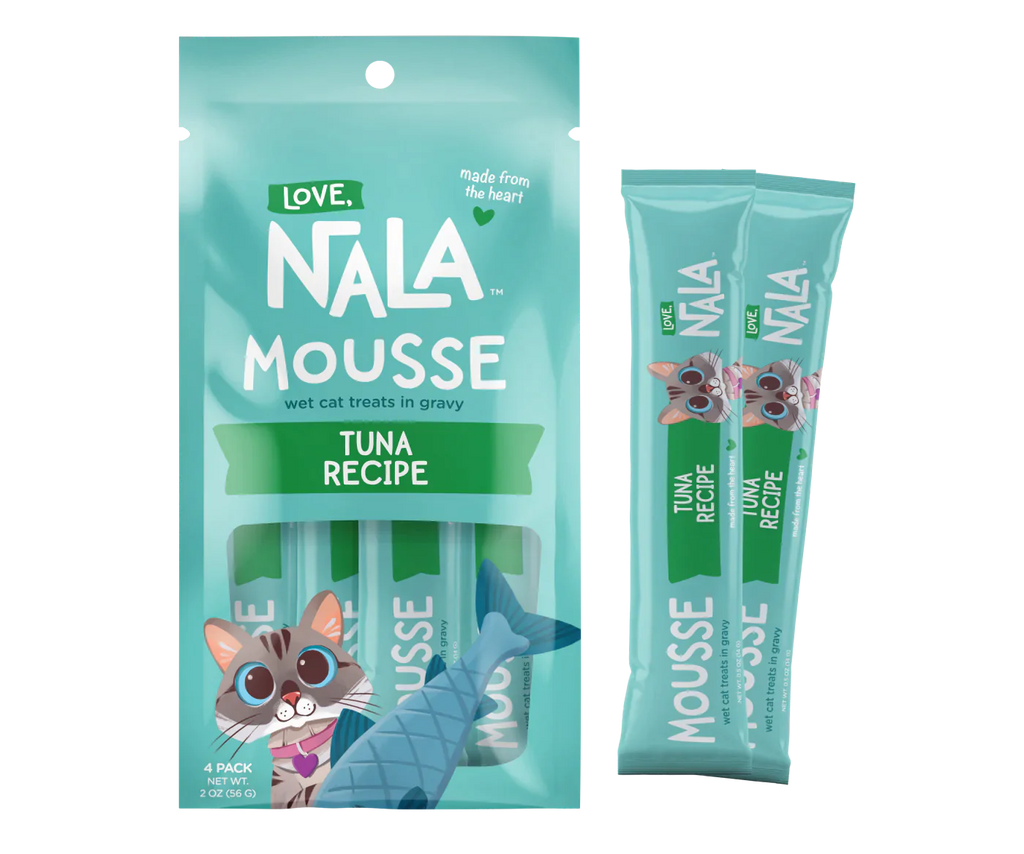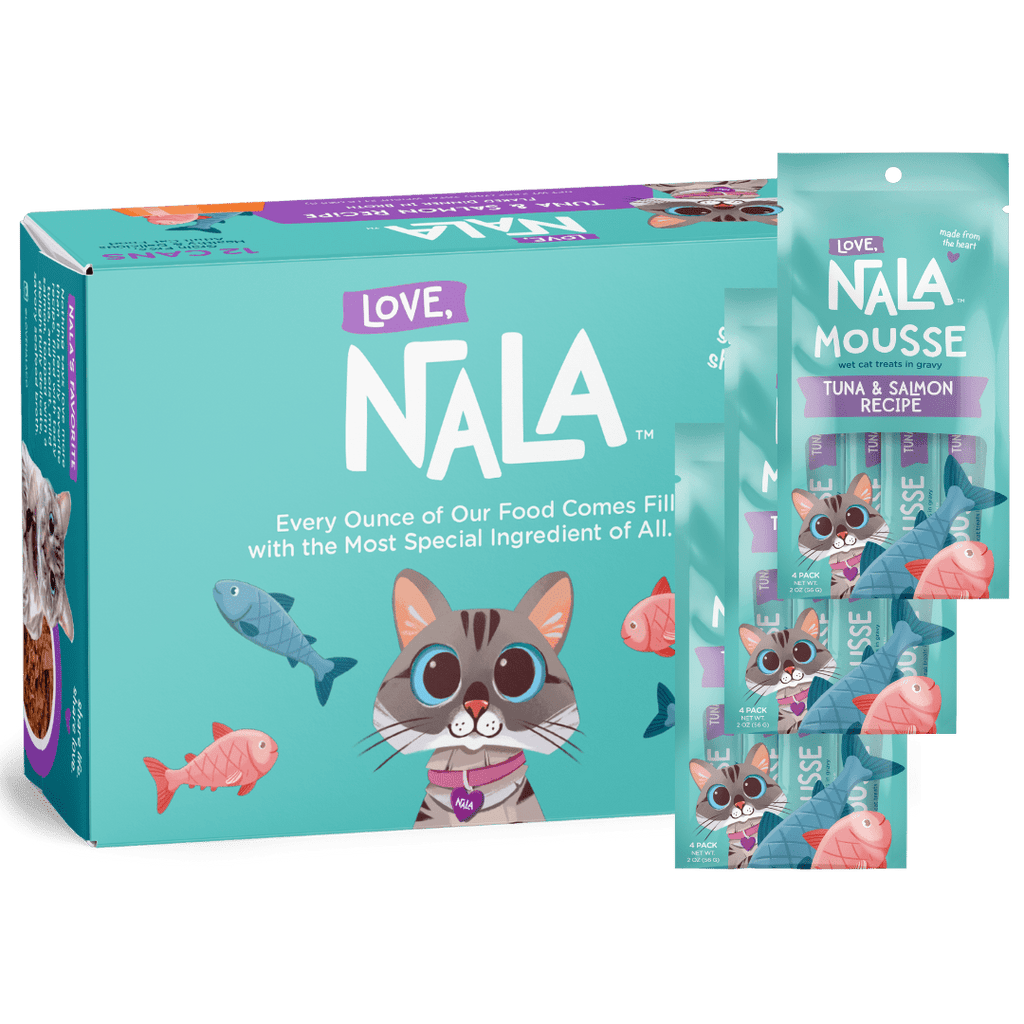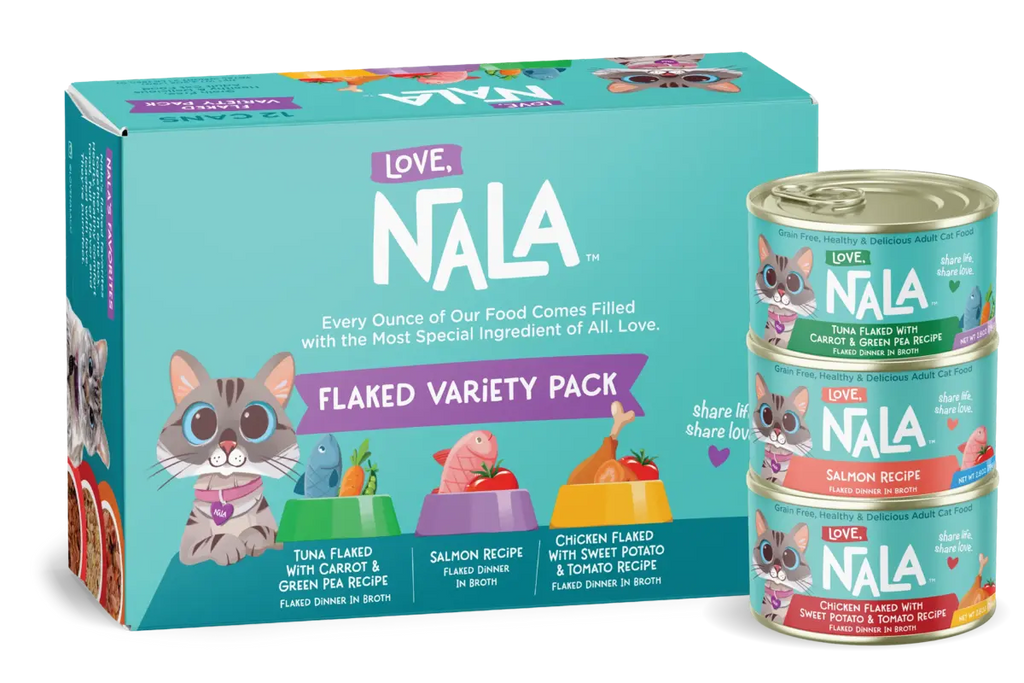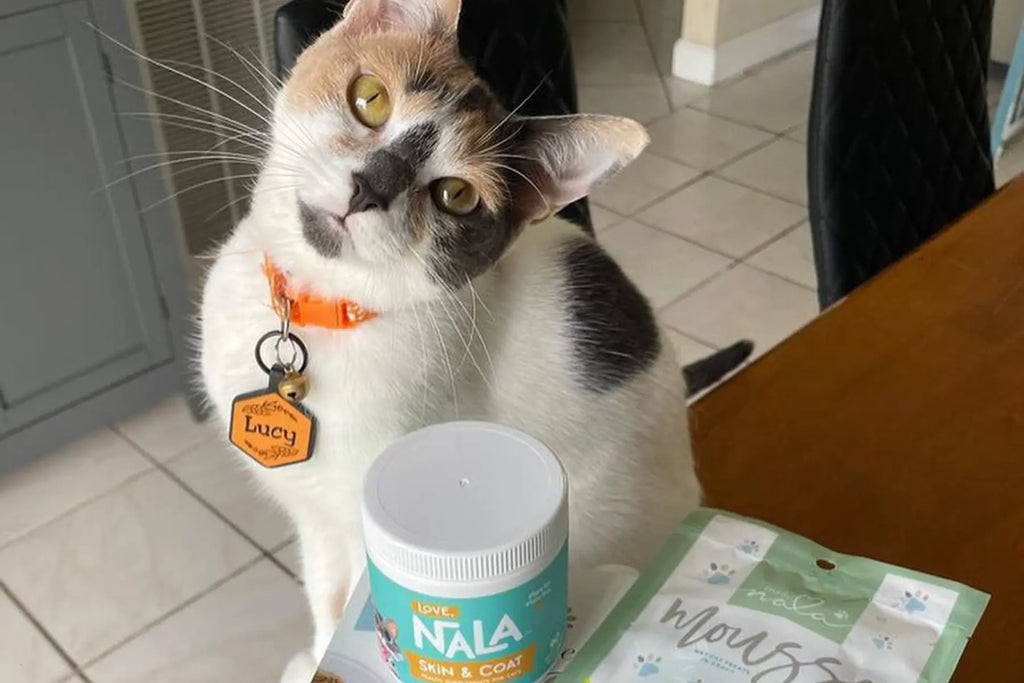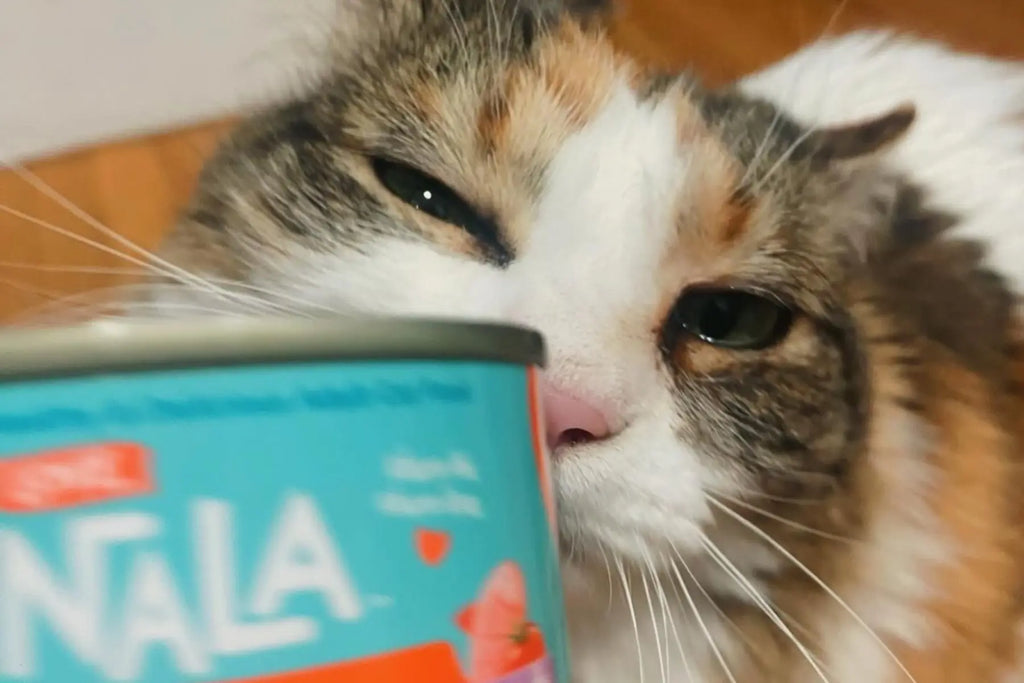Omega-3 and Omega-6 fatty acids are essential components in a cat's diet, playing a crucial role in their overall health. These fatty acids are types of polyunsaturated fats that cats cannot produce on their own, thus they must be obtained through their diet. Omega-3 fatty acids, primarily found in fish and flaxseed oils, are known for their anti-inflammatory properties and support in brain and heart health. Omega-6 fatty acids, commonly found in plant oils and poultry fats, are essential for skin and coat health, and they play a key role in reproductive and immune system functions. Both these groups of fatty acids are vital for maintaining a cat's health and vitality.

Omega-3 Fatty Acids: Types and Benefits
EPA and DHA
Omega-3 fatty acids are comprised mainly of two types crucial for cats: EPA (Eicosapentaenoic Acid) and DHA (Docosahexaenoic Acid). These are typically found in high concentrations in fish oils. EPA is known for its role in reducing inflammation and supporting overall joint health. DHA, on the other hand, is essential for brain development and function, especially in kittens. These fatty acids are not just beneficial; they are essential for a cat's health, playing a significant role in various physiological processes.
DHA is a major structural component of the brain and retina, and adequate levels are critical during a kitten’s developmental phase. In adult cats, DHA helps maintain normal brain function and supports healthy vision. Including omega-3-rich wet cat food in a cat's diet ensures they receive enough of this important nutrient, contributing to their cognitive development and visual acuity.
Omega-3 fatty acids are renowned for their anti-inflammatory properties, making them crucial in reducing inflammation in cats. Conditions such as arthritis, which can cause significant discomfort and mobility issues in cats, can be managed more effectively with a diet rich in omega-3s. These fatty acids help to soothe inflamed tissues and reduce pain, improving joint function and enhancing the quality of life for cats with joint health issues.
These essential nutrients, which cats cannot produce on their own, must be obtained through their diet. Incorporating omega-3 fatty acids into your cat's meals supports various aspects of their health, from their skin and coat to their immune system. Here's a closer look at the specific benefits these vital nutrients offer:
- Skin Health: Omega-3 fatty acids are incredibly beneficial for a cat's skin health. By nourishing the skin from within, they help maintain its elasticity and natural barrier, preventing dryness and flakiness. This is especially important for cats living in harsh or dry environments, as omega-3s can mitigate the adverse effects of such conditions. Additionally, these fatty acids play a crucial role in reducing inflammation, which can lead to skin irritations and discomfort. By including sources of omega-3s in your cat's diet, you're not only promoting healthier skin but also enhancing their overall comfort and well-being.
- Glossy Coat: The impact of omega-3 fatty acids extends beyond skin health to the quality of a cat's coat. These nutrients are crucial for maintaining a shiny, healthy coat that radiates vitality. A diet rich in omega-3s ensures that a cat's fur is sleek, vibrant, and less prone to breaking or shedding excessively. This not only contributes to their aesthetic appearance but also their physical health, as a glossy coat is often a sign of good nutrition and overall well-being. Regular intake of omega-3s can transform a dull, lifeless coat into a lustrous cloak that begs to be stroked.
- Allergy Reduction: For cats suffering from skin allergies, omega-3 fatty acids can offer significant relief. These nutrients have natural anti-inflammatory properties that can help reduce the incidence and severity of allergic reactions. By dampening the body's inflammatory response, omega-3s can alleviate symptoms such as itching, swelling, and discomfort, making cats more comfortable and less stressed. Incorporating these fatty acids into your cat's diet can be a game-changer for those with sensitivities, leading to a happier, more content feline.
Incorporating omega-3 fatty acids into your cat's diet is not just about enhancing their current health; it's an investment in their long-term well-being. These essential nutrients provide a foundation for numerous bodily functions and play a crucial role in preventing future health issues. From supporting heart health to improving cognitive function, the benefits of omega-3s are comprehensive and far-reaching.
Omega-6 Fatty Acids: Functions and Advantages
Omega-6 fatty acids, particularly linoleic acid, represent a critical group of nutrients necessary for maintaining the health and vitality of cats. Found abundantly in various plant oils, linoleic acid is pivotal in ensuring cats have healthy skin and a shiny coat, attributes that are often considered indicators of overall well-being. These fatty acids are not just skin-deep; they extend their benefits to support reproductive health and efficient energy production. Wet cat food, often rich in these nutrients, serves as an excellent source to integrate omega-6 fatty acids into a cat's diet, ensuring they receive these essential components in ample amounts.

The biological roles of omega-6 fatty acids stretch beyond surface-level benefits, delving into critical cellular functions. As integral components of cell membranes, they influence the cell's structural integrity and functionality. This is especially vital for the skin and coat's health, projecting a visibly lustrous appearance while also ensuring the seamless operation of internal organs. The presence of these fatty acids in a cat’s diet through balanced fatty acids in cat diet emphasizes their irreplaceable role in maintaining the cellular architecture that underpins overall physiological health.
Furthermore, omega-6 fatty acids, with arachidonic acid taking center stage, are instrumental in fortifying the immune system. They aid in synthesizing prostaglandins - hormone-like substances crucial for regulating inflammation and immune responses. This mechanism underlines the importance of omega-6s in enabling cats to fend off infections and recover from injuries efficiently. Cat food for health and vitality often includes a meticulously calculated balance of omega-6 and omega-3 fatty acids to harness these benefits while avoiding the adverse effects of over-inflammation.
While the inflammation-promoting properties of omega-6 fatty acids might be viewed in a negative light, they are essential for the healing process and initiating immune responses. The crux of optimizing health benefits from these fatty acids lies in maintaining a judicious balance between omega-6 and omega-3 levels in a cat’s diet. Such a balance ensures the body can adeptly manage and recover from health challenges, highlighting the pivotal role of omega-6 benefits for cats.
The Importance of a Balanced Fatty Acid Ratio
These fatty acids play contrasting roles in the body, and their balance is key to promoting health rather than disease. While both are essential, the typical modern diet for cats tends to be disproportionately high in omega-6s, which can lead to several health issues if not properly balanced with omega-3s. Here are the reasons why maintaining this balance is so important:
- Chronic Inflammation: Omega-6 fatty acids, while necessary, can lead to the production of pro-inflammatory compounds when consumed in excess. Many commercial cat foods are rich in omega-6 due to the types of vegetable oils and animal fats used. This imbalance can result in persistent inflammation throughout the body, setting the stage for various chronic diseases and negatively affecting the cat's quality of life. Reducing omega-6 levels and increasing omega-3 intake can help mitigate this inflammation.
- Arthritis Risk: The inflammation driven by an excess of omega-6 can exacerbate or even contribute to the development of arthritis in cats. Arthritis is a painful condition that affects a cat's joints, leading to pain, stiffness, and reduced mobility. By ensuring a balanced intake of omega-3s, which have anti-inflammatory properties, the risk of arthritis can be minimized, and the symptoms can be managed more effectively, allowing cats to maintain better mobility and comfort.
- Obesity Connection: An imbalance favoring omega-6 fatty acids is also linked to obesity, a significant health concern in cats. Omega-6 fatty acids, abundant in many types of processed pet foods, can promote fat storage and contribute to weight gain. Obesity in cats is a precursor to many health issues, including diabetes, heart disease, and joint problems. A diet with a more balanced ratio of omega-3 to omega-6 fatty acids can help manage body weight and reduce the risk of obesity-related diseases.
- Skin Allergies: Cats with a diet high in omega-6 fatty acids and low in omega-3s are more prone to developing skin allergies. These allergies manifest as itchy, irritated skin, leading to discomfort and an increased risk of infection. Omega-3 fatty acids, particularly EPA and DHA found in fish oils, can help soothe and prevent these allergic reactions by supporting skin health and reducing inflammatory responses.
The dietary balance of omega-3 and omega-6 fatty acids is not just a minor detail; it's a crucial aspect of a cat's nutrition that can significantly affect their health. Adjusting a cat's diet to ensure a proper balance of these essential fatty acids can lead to noticeable improvements in their inflammatory status, mobility, weight management, and skin health, contributing to a happier, healthier life.
The optimal ratio of omega-6 to omega-3 fatty acids in cat food is generally considered to be between 5:1 and 10:1. This balance ensures that the anti-inflammatory benefits of omega-3s effectively counteract the pro-inflammatory effects of omega-6s. When reading cat food labels, look for this ratio and the sources of these fatty acids. Foods rich in fish oils, like salmon or krill, are good sources of omega-3, while poultry and plant oils often indicate a higher omega-6 content. Cats with certain health conditions may require adjustments in their fatty acid intake. For instance, cats with inflammatory diseases might benefit from a diet lower in omega-6 and higher in omega-3. Conversely, cats with certain skin conditions may require more omega-6. Customizing the fatty acid ratio based on individual health needs can significantly improve outcomes.
Always consult with a veterinarian before making significant changes to your cat's diet. Veterinarians can offer tailored advice based on your cat's specific health profile and nutritional requirements. They can also recommend high-quality wet cat food brands that provide a balanced fatty acid ratio suitable for your cat's unique needs.
Reading and Understanding Cat Food Labels
Understanding how to read cat food labels is essential for providing your cat with a diet that supports their health and well-being. Since cats have specific nutritional needs that differ significantly from other pets, selecting the right cat food becomes a crucial aspect of their care. The following checklist can help cat owners navigate the vast array of options available, ensuring that their feline friends receive the right balance of nutrients necessary for a healthy life:
- Check the ingredient list for real meat or fish as primary ingredients. Cats are obligate carnivores, which means their diet must primarily consist of meat. When reading cat food labels, the first item listed should be a specific type of meat or fish, such as chicken, salmon, or turkey. This indicates that the product is high in the animal proteins your cat needs to thrive. Real meat or fish is listed as the first ingredient signifies a higher quality food that provides the essential amino acids and nutrients cats require.
- Identify sources of omega-3 and omega-6 fatty acids. These fatty acids are crucial for maintaining healthy skin and a shiny coat, as well as supporting overall health. Look for ingredients such as flaxseed, fish oil, or chicken fat, which are excellent sources of omega-3 and omega-6 fatty acids. Including these in a cat's diet can help prevent dry skin, reduce inflammation, and promote heart health, making them indispensable components of a nutritious diet.
- Review the guaranteed analysis for fat content and ratios. This part of the label provides information about the minimum percentages of protein and fat, as well as the maximum percentages of fiber and moisture. For cats, a diet with a higher protein and moderate fat content is often ideal. The guaranteed analysis can help you understand whether a cat food meets these nutritional requirements, ensuring your cat gets the right balance of nutrients for energy and health.
- Look beyond marketing terms to the actual nutritional value. Terms like "gourmet," "premium," and "natural" can be appealing but don't necessarily guarantee superior quality or nutritional adequacy. Instead, focus on the nutritional information and ingredient quality to assess the food's value. The presence of whole foods, quality protein sources, and the absence of unnecessary fillers are more important indicators of a food's nutritional worth than catchy marketing phrases.
- Choose brands with a reputation for quality and nutritional adequacy. Brands that have a long-standing reputation for providing high-quality, nutritionally complete foods are generally more reliable. Many of these companies invest in nutritional research and quality control to ensure their products meet the specific dietary needs of cats. Looking for brands that veterinarians recommend or that have undergone feeding trials can provide an additional layer of assurance regarding their nutritional adequacy.
Selecting the right cat food is a pivotal part of ensuring your cat's health and happiness. By using this checklist to analyze cat food labels, owners can make informed choices that contribute to their pet's diet quality and nutritional balance. Remember, while choosing the right food is essential, it's also important to consider your cat's individual needs, preferences, and any specific health issues when making dietary decisions. This holistic approach to nutrition can help support your cat's overall well-being throughout their life.

The careful consideration of omega-3 and omega-6 fatty acids in a cat's diet underscores the pivotal role nutrition plays in maintaining their health and vitality. By ensuring a balanced intake of these essential nutrients, cat owners can significantly impact their pets' quality of life. These fatty acids not only support physical attributes, such as a lustrous coat and healthy skin, but they also contribute to the overall well-being of cats by promoting heart health, reducing inflammation, and aiding in cognitive function. The knowledge and thoughtful application of this dietary balance can prevent numerous health issues, making it a cornerstone of preventive care. As we strive to provide the best for our feline companions, understanding the importance of these nutrients and incorporating them into their diet becomes an act of love and care. Always seeking advice from veterinarians and choosing high-quality cat food that meets these nutritional standards will ensure our cats lead happy, healthy lives. This holistic approach to feline nutrition emphasizes not just the survival but the thriving of our beloved pets, ensuring they enjoy a high quality of life alongside their human families.
